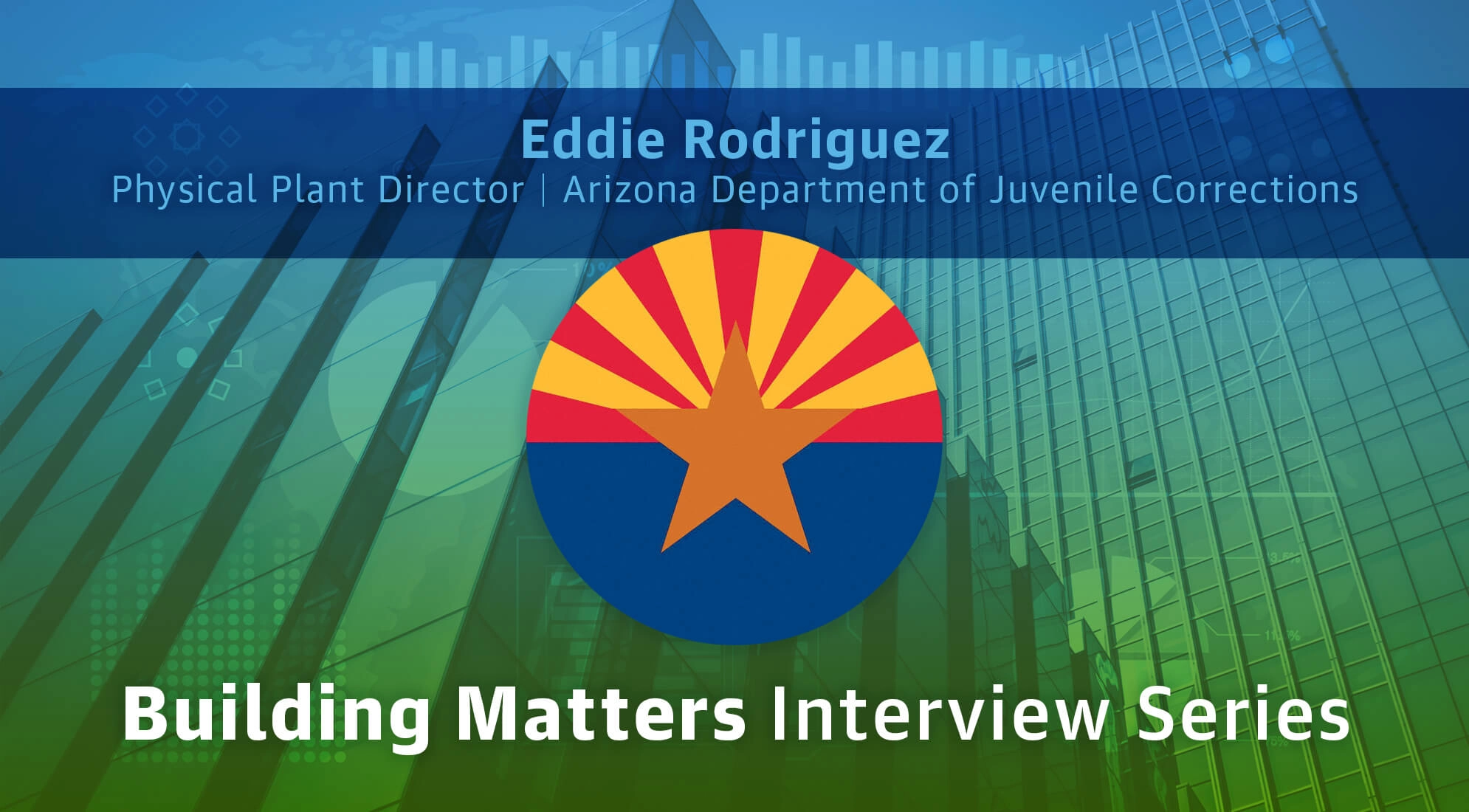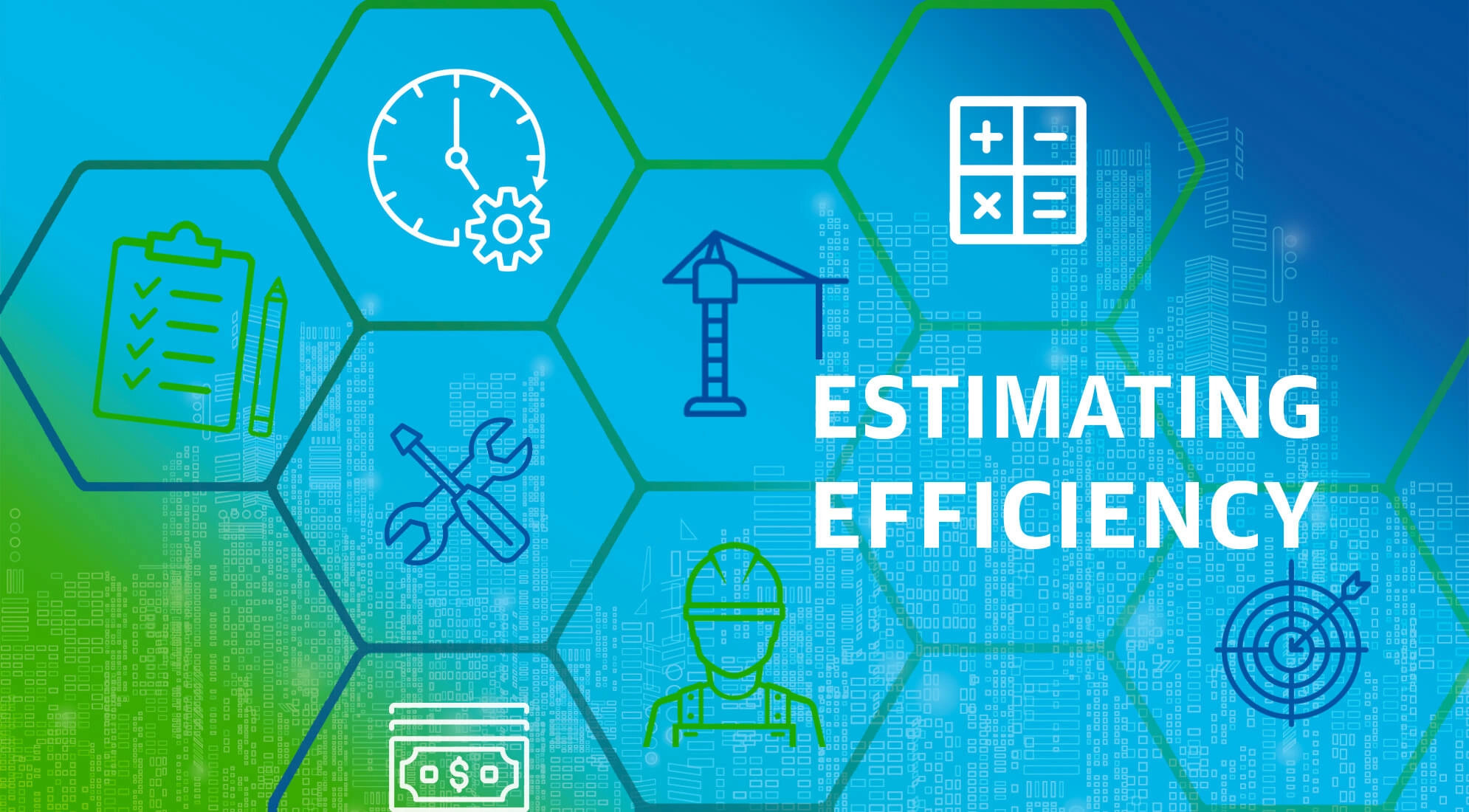
Building Matters Interview Series: Correctional Facilities Insights from Eddie Rodriguez
December 30, 2024
Of all the facilities state and local governments have to maintain, correctional facilities are among the most uniquely challenging. These facilities offer diverse services but no luxuries. They are isolated from the community but also part of it. They are little cities unto themselves with classrooms, worship spaces and indoor and outdoor recreation areas. It takes a dedicated professional to keep a correctional facility up and running.
Eddie Rodriguez has spent the last three years as the Physical Plant Director at the Arizona Department of Juvenile Corrections. In this interview, he shares his insights for maintaining a correctional facility, how he completes projects under a financial crunch with ezIQC® and what inspired him to enter the detention center before he ever worked there.
Tell us about your road to your current position.
I owned a general contracting business that folded during the economic downturn. I took a temporary position here that my friend, who was warden at the time, told me about. At first, I spent a lot of time repairing beds and reinstalling them. After six months, a permanent Maintenance Technician position opened up and I was lucky enough to get that job. About eighteen months after that, I was promoted to a supervisor position and I stayed in that role for two years. I was appointed Physical Plant Director three years ago.
Describe the facilities maintained by the Arizona Department of Juvenile Corrections.
In addition to administrative buildings, we operate the Adobe Mountain School, a correctional facility for boys under the age of 18, and the Maricopa Rehabilitation Center for adults in recovery from drug and alcohol addiction. We have about 270,000 square feet of livable area and 303 acres of grounds. At one time, it was all one big facility.
Our facilities were recently assessed and found to be in decline. Part of that is age—the correctional facilities are 50 years old and the rehab center is 25 years old—and part of that is lack of investment. We have doors here that should have been changed out twice by now, but we haven’t had the resources to do it. It’s only in the last two years that we have begun making improvements.
What are your day-to-day duties?
As Physical Plant Director, I oversee both the correctional facility and the rehab center. I make sure we have all the materials we need and that we are keeping up with our preventive maintenance program. I make sure we complete our maintenance and janitorial projects. My team takes care of the grounds, including dust control and weed abatement as well.
I also personally handle emergencies. Recently, a resident set off a sprinkler head. I had to jump into action, reboot the system and re-pressurize the head to get it back online. I have to be ready to re-direct my attention in a heartbeat. That’s just part of working with an unpredictable population.
How is managing correctional facilities unique?
In corrections, unlike other facilities, security is our top priority. Speed and quality matter but given our environment, security matters most.
What goals are you working toward?
I want to keep all stakeholders satisfied. Everyone I work with is a customer. The employees and staff, the contractors, legislators, taxpayers—they are all my customers.
What obstacles stand in the way of your goals?
Lack of financial resources and lack of staff. We have to do more with less; that’s the way it’s been here. It’s taken me seven years to build a good core group of people. When staff come and go, it’s difficult to get everyone working toward the same mission. But [AJDC] Director [Jeff] Hood has come in and laid out his vision and we share that vision. Our mission is to provide quality service to young people and rehabilitate them so they can be productive members of society.
“Our mission is to provide quality service to young people and rehabilitate them so they can be productive members of society.”
Eddie Rodriquez, Physical Plant Director, Arizona Department of Juvenile Corrections
You sound passionate about the kids you work with.
I am. I take pride in what I do. Even before I worked here, I spent time here as a mentor. I would meet with individual kids and listen to them, try to connect with them. I ran Bible studies in the gang unit. I was a troubled teen myself, so it’s easy for me to relate to these kids. When I look at them, I see me. I know what they’re going through and I wouldn’t wish it on anybody.
People give up on these youths and push them aside. No one listens to them. This is my chance to listen to them and connect with them. And that brings me back to my work. The quality of our facilities shows that we care about them. They have excellent health services and psychological care, nice learning spaces and great recreational areas. I have eight to ten youths in a work program learning skills they can use the rest of their lives.
You mentioned that you have to do more with fewer resources. How are you coping with that reality?
One of the ways we are maximizing our resources here at the Arizona Department of Juvenile Corrections is using ezIQC from Gordian to get projects done. With ezIQC, there’s no big markup. We can finish three projects for what one would cost in the private sector. Plus, we always have access to qualified contractors. I can call up my Gordian rep and have people on-site fast.
Editor’s Note: ezIQC is a form of Gordian’s Job Order Contracting (JOC) available through state contracts or cooperative purchasing networks.
What kind of projects have you completed with ezIQC?
We’ve been doing a lot of work since the state assessment of our facilities. In the last two years, we’ve completed eight epoxy flooring projects, installed three new roofs and done some re-roofing. We’ve completed fire alarm upgrades and other security updates. It’s the most work this facility has ever seen.
How have correctional facilities changed in your time at ADJC?
Everything is computerized now. All of our major systems, our HVAC and fire alarm, for example, are all run by computers. That speeds up the repair process. A teacher can call a technician and let him know the thermostat is on the fritz and in minutes it can be fixed without anyone leaving a desk.
Why should someone consider a career in facilities?
There’s a tendency in America right now to want to avoid hard work, but hard work is hard to beat. It builds character and integrity. When you work in facilities, you are part of something bigger than yourself and, at the end of the day, you can see the fruits of your labor.
Share this:





